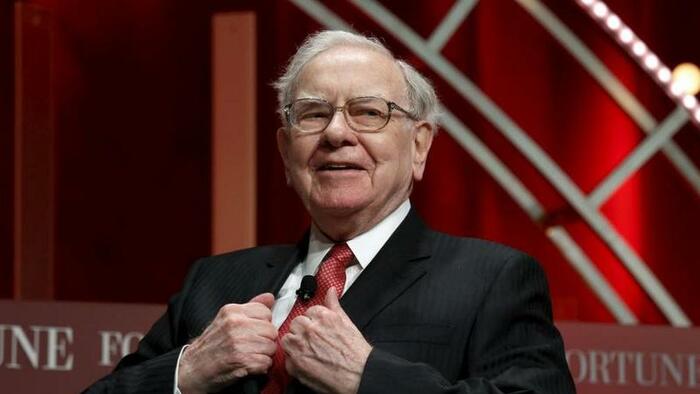In a recent analysis by Benjamin Picton, Senior Macro Strategist at Rabobank, he reflects on the evolving predictions in the US presidential race, focusing on Donald Trump’s resurgence in market confidence. After a period of optimism surrounding Vice President Kamala Harris, prediction markets shifted dramatically, with Trump regaining a significant lead on various platforms, capturing an 18-point lead on PolyMarket, an 8-point lead on Kalshi, and a narrow 1-point lead on PredictIt. Notably, this analysis comes amid a backdrop of polling averages showing a virtual tie between the candidates at 48.5% each in RealClearPolitics’s averages, although Trump’s slight edge in battleground states complicates the picture. Such tightening reflects the possibility of a contentious electoral outcome reminiscent of the 2000 election, where no clear victor emerged in the immediate aftermath.
The fluctuations in prediction markets have also impacted financial markets, with the DXY index recovering some ground as Trump appeared to gain favor again. This was accompanied by a decline in US Treasury yields, with 2-year yields falling approximately 5 basis points and 10-year yields dropping almost 10 basis points. However, stock indices across Europe and the United States generally declined, apart from a modest gain in the UK’s FTSE100, which may be attributed to Chancellor Reeves’s significant spending budget. Such mixed signals contribute to a risk-off sentiment among traders, who seem to be preparing for the potential of an inconclusive election outcome.
Heightening this uncertainty is geopolitical speculation, particularly concerning Iran’s military posture toward Israel. Reports suggest that Iran may launch an attack using advanced missiles stationed in Iraq and Syria, aiming to exploit the leadership ambiguity in the US as election results unfold. If this occurred, it could create considerable turmoil in financial markets, which typically respond poorly to uncertainty. Contemplating pre-emptive strikes from Israel against Iranian assets to mitigate this threat also complicates the situation further, echoing recent military actions involving Hezbollah.
Amidst such geopolitical tension, Picton notes that the CAPE (Cyclically Adjusted Price Earnings) ratio for US stocks is at its highest level since January 2022, raising concerns about market overvaluation. The current environment is colored by underwhelming earnings reports from major tech firms such as Apple and Microsoft, signaling fragility in stock performance. These factors might explain seasoned investor Warren Buffet’s decreasing exposure to equities and increased liquidity, indicating a cautious approach in light of potential market vulnerabilities.
Turning to the global economic landscape, the upcoming policy decision by the Reserve Bank of Australia (RBA) holds significance as members contemplate their November rate strategy. Recent months saw shifting forecasted timelines regarding rate cuts, from expected cuts earlier in the fall to a more cautious outlook extending into early 2024. The futures market currently reflects a more dovish sentiment regarding rate cuts, even suggesting that substantial cuts may not be fully priced in until mid-2025. The contrasting views reveal evolving uncertainties as economic conditions continue to shift.
Underlying this financial forecasting is Picton’s belief in the implications of a potential Trump victory in the upcoming election. He posits that Trump’s proposed implementation of universal tariffs could lead to inflationary pressures within the US, while conversely creating a temporary disinflationary shock for trading partners, such as Australia. In an increasingly mercantilist global trade environment, divergent economic outcomes for different countries may become more pronounced, creating complex challenges and opportunities in international markets as nations adjust to new tariff realities. Thus, Picton highlights the intricate interplay of political developments, financial market reactions, and evolving economic conditions that could shape the near-term future.

